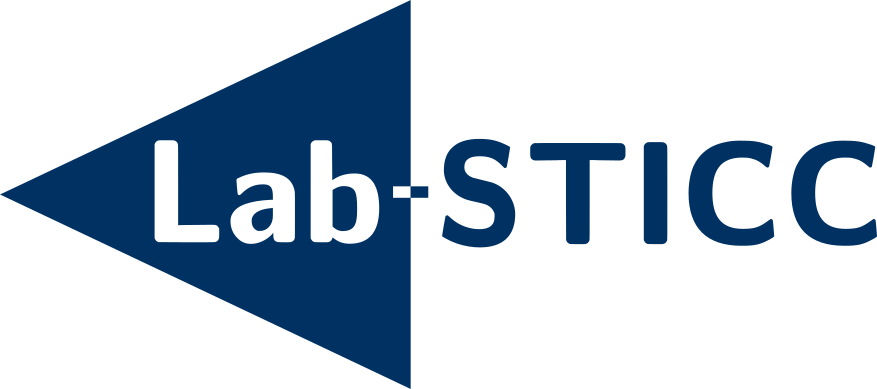PRIM project: what contributions for disabilities?
Perspectives d'apport du projet PRIM dans le domaine du handicap
Résumé
In the PRIM project, we aim at giving people the power to create scenagrams (interaction scenarios between a human and digital devices) without the need to learn programming or to ask for computer scientists. In this project, software design follows an unconventional approach, far from classical codes, to embody human thinking (based on interactions) instead of computer logic (based on algorithms). The main idea rests on a new time representation using a PRIM-specific timeline instead of a standardized timeline. We evaluated acceptability and cognitive compatibility of this new timeline with 50 participants. Results are very promising. In this paper, we detail qualitative evaluation results about the interest of such software in the field of disability.
Avec le projet PRIM, nous souhaitons permettre à des personnes de créer des scénagrammes (scénarios d'interaction entre un humain et des dispositifs numériques) sans devoir se former à la programmation ou faire appel à des informaticiens. Dans PRIM, la conception du logiciel renverse les codes classiques dans le sens où il représente la pensée de l'humain (fondée sur les interactions) plutôt que la logique de l'ordinateur (fondée sur l'algorithmique) grâce à une représentation renouvelée du temps, abandonnant la timeline normée pour une timeline modifiée, propre à PRIM. Après avoir évalué l'acceptabilité et la compatibilité cognitive de cette timeline par 50 participants et obtenu des résultats encourageants, nous présentons, dans ce papier, les résultats de l'évaluation qualitative de l'intérêt d'un tel outil pour les participants et, plus spécifiquement, dans le domaine du handicap.
Origine : Fichiers produits par l'(les) auteur(s)
licence : CC BY ND - Paternité - Pas de modifications
licence : CC BY ND - Paternité - Pas de modifications




